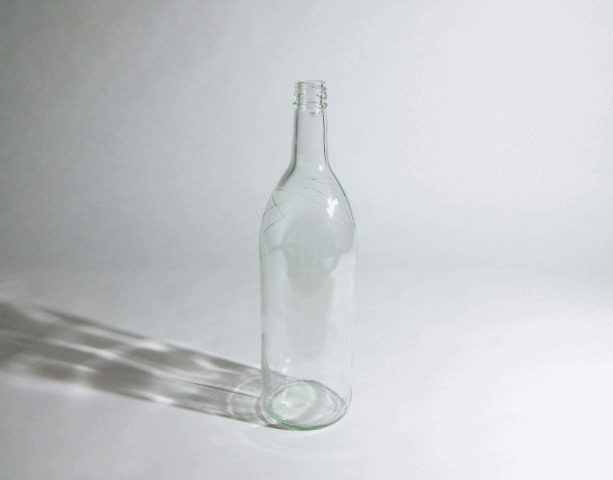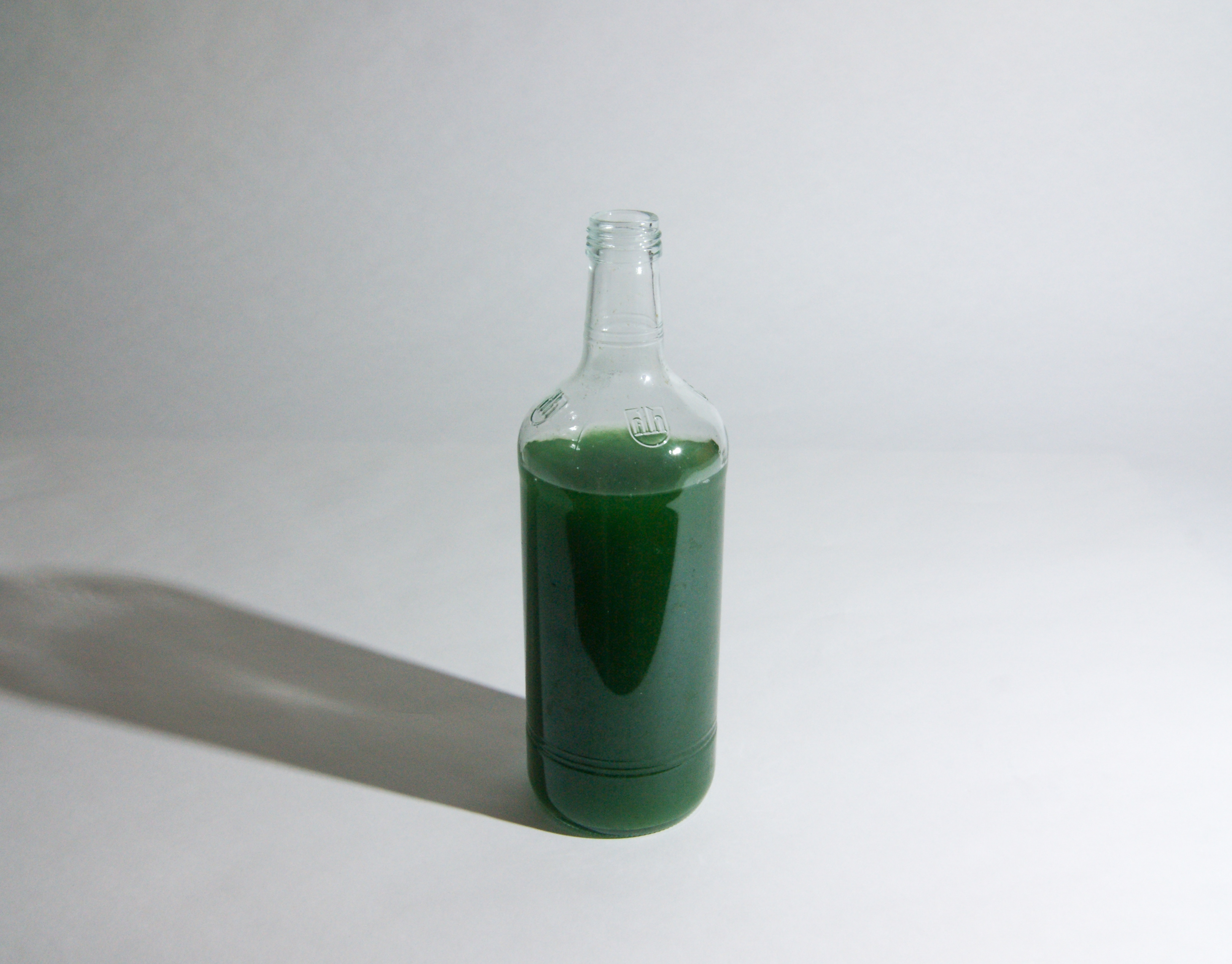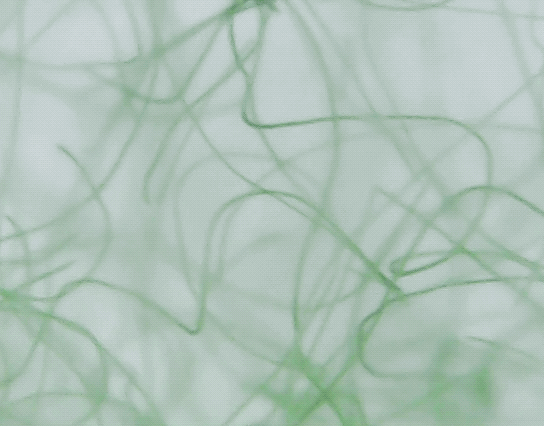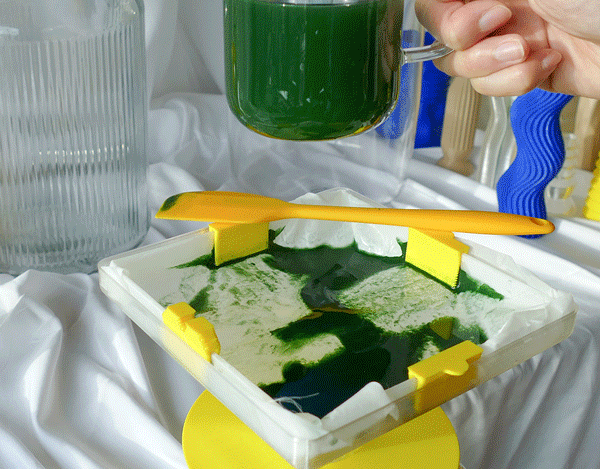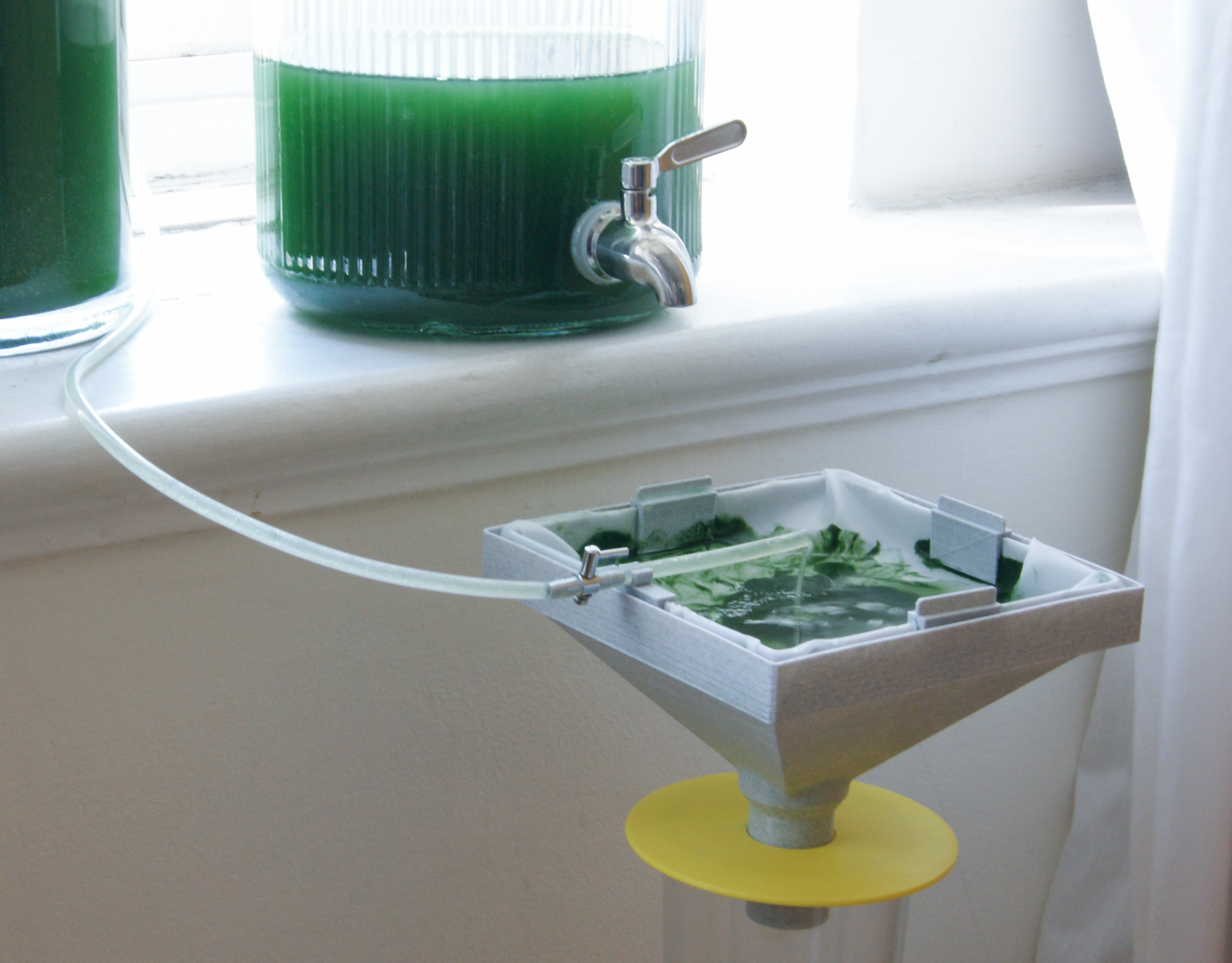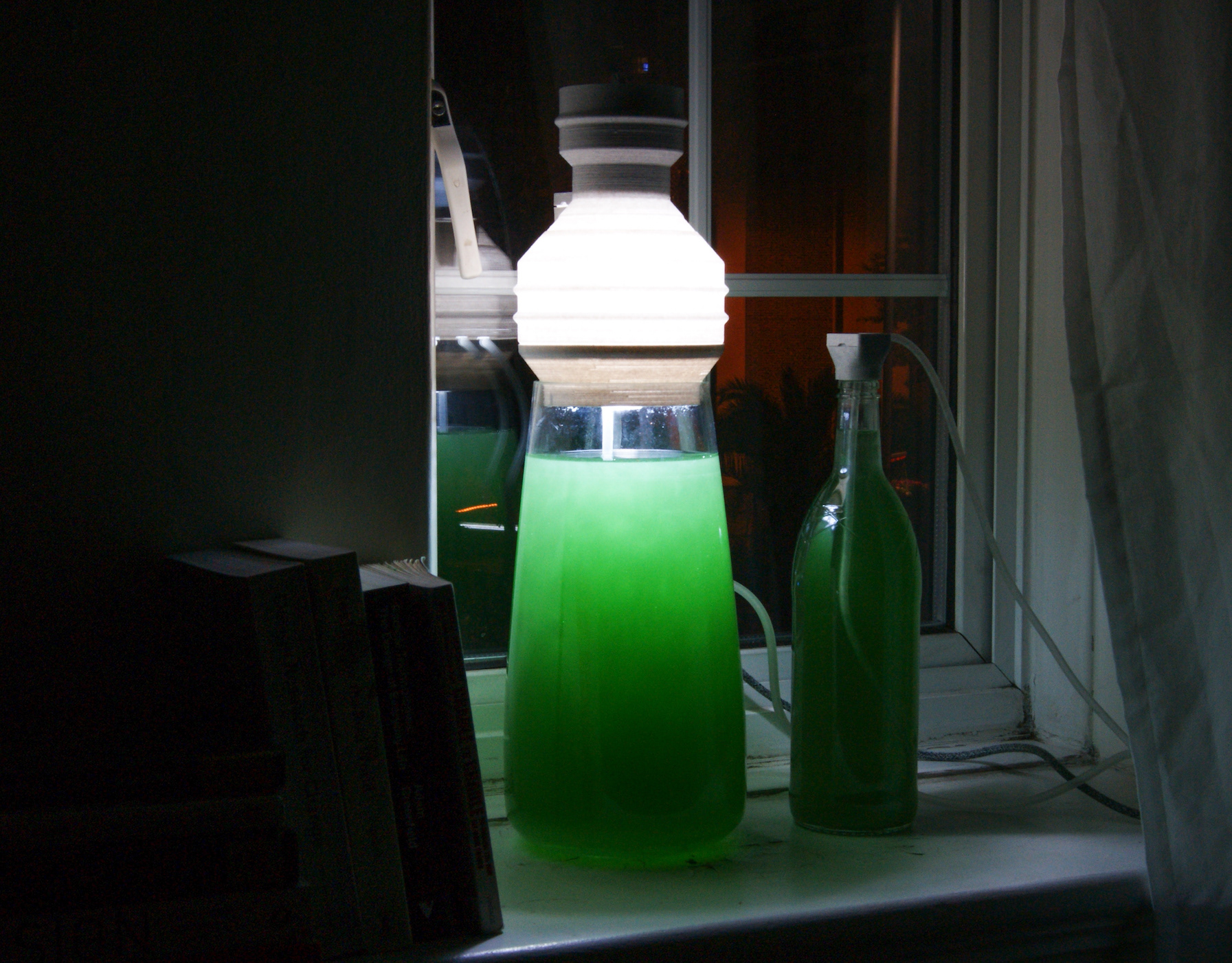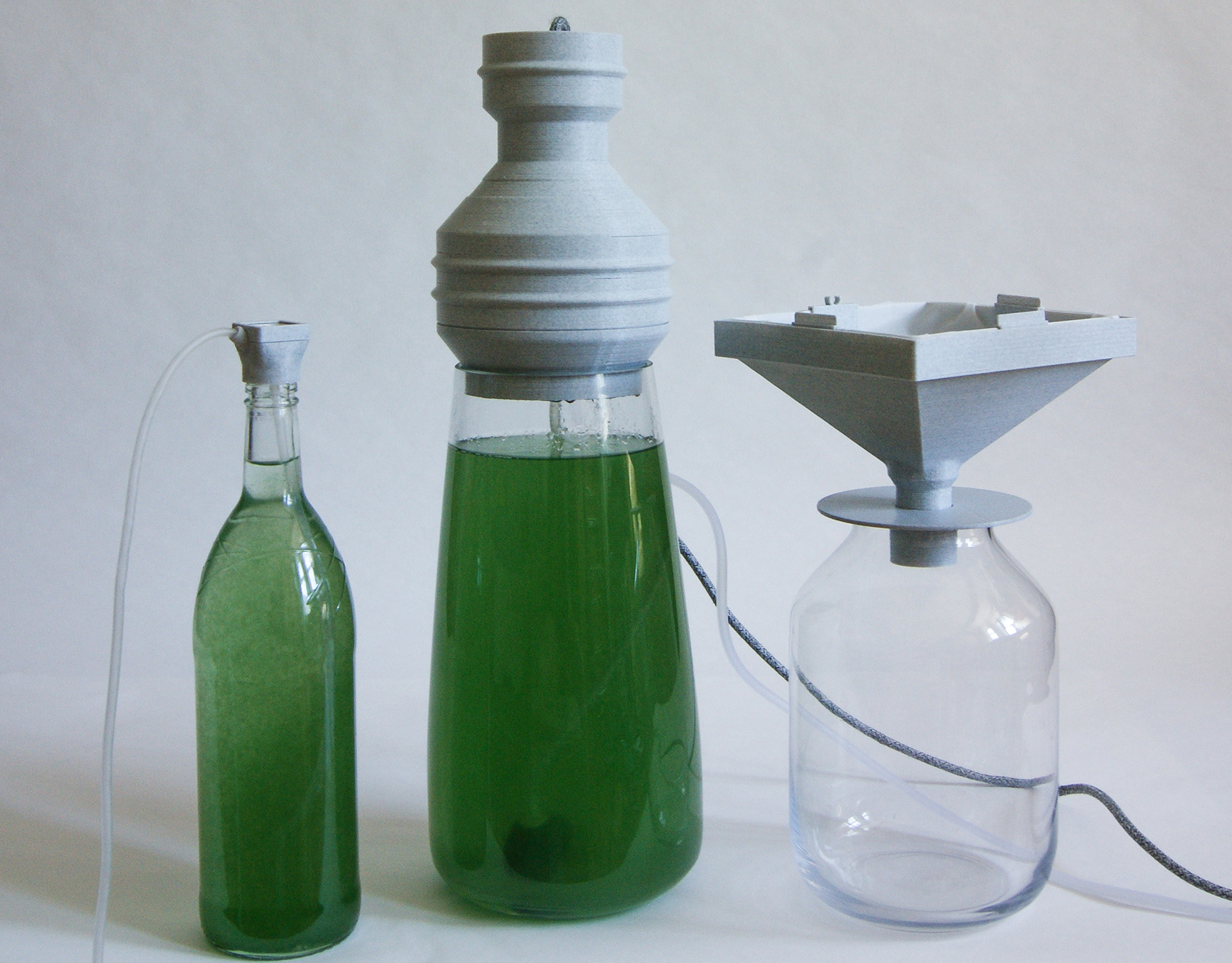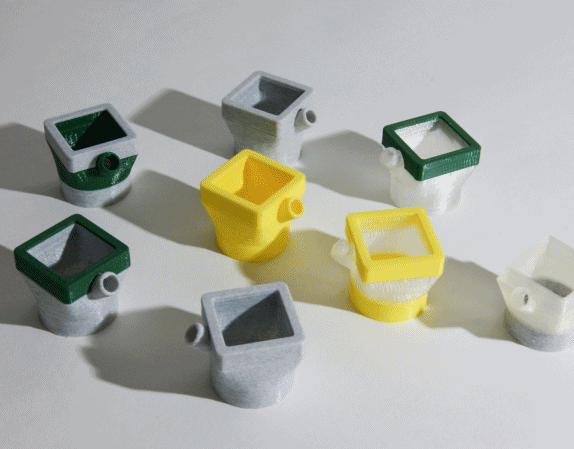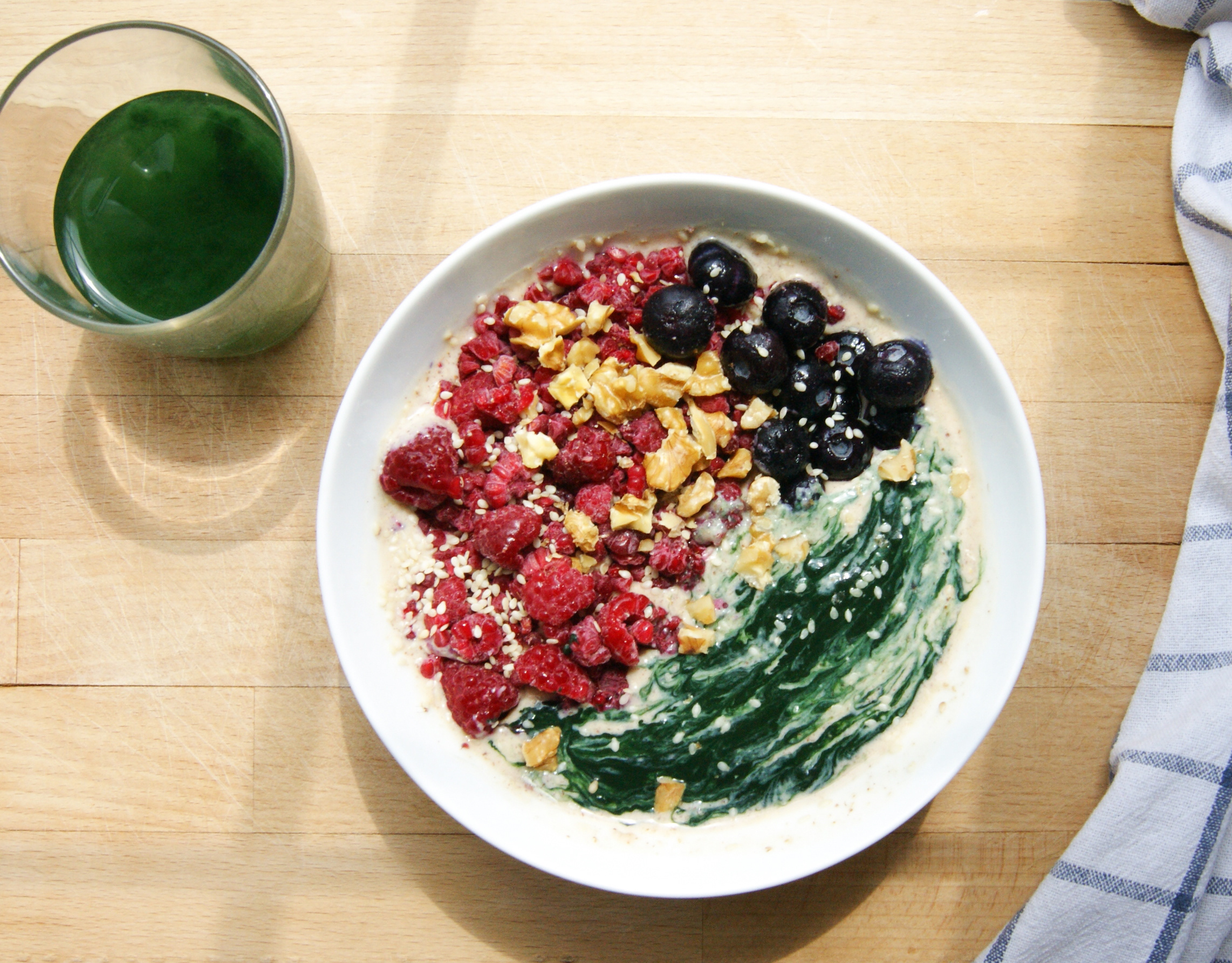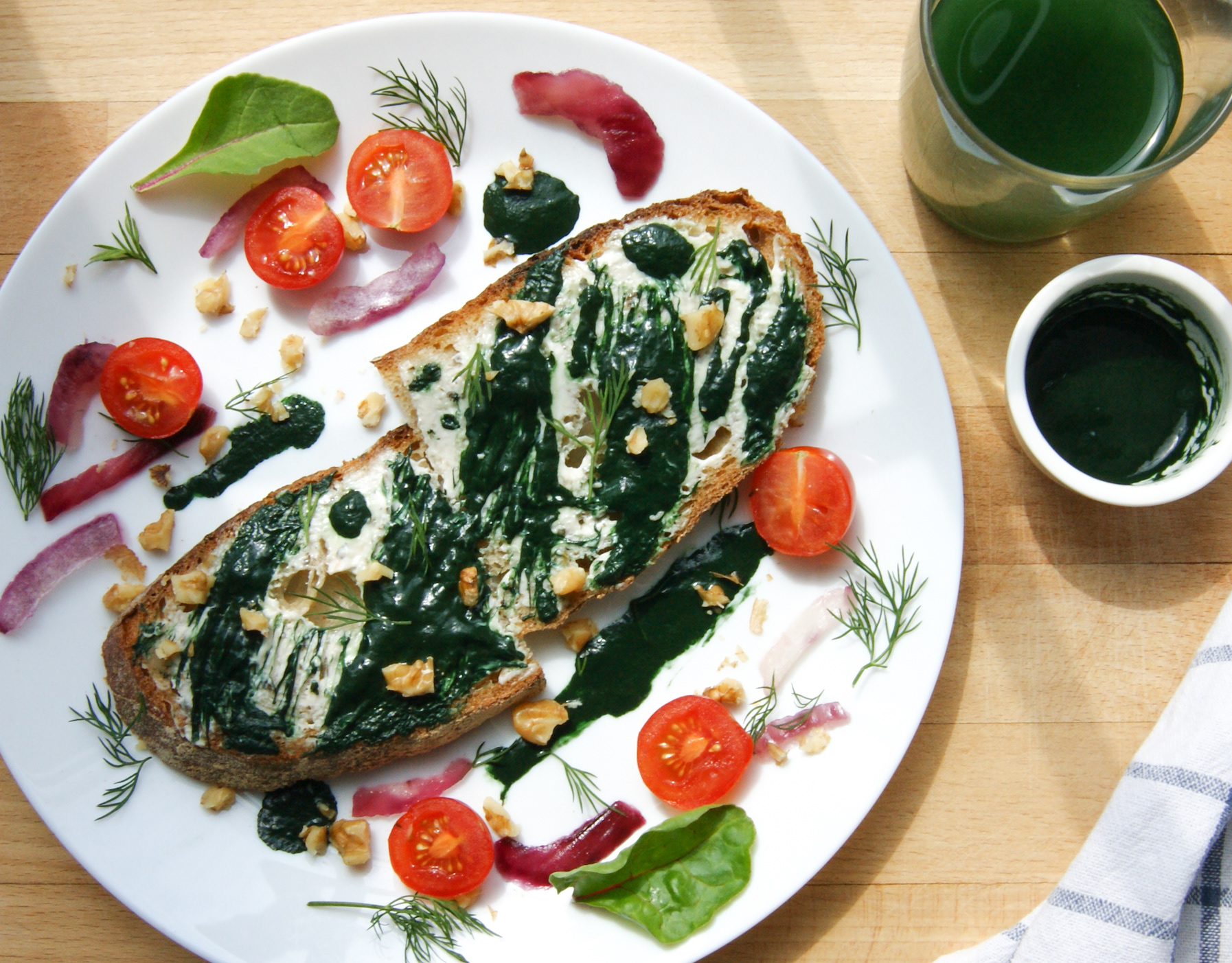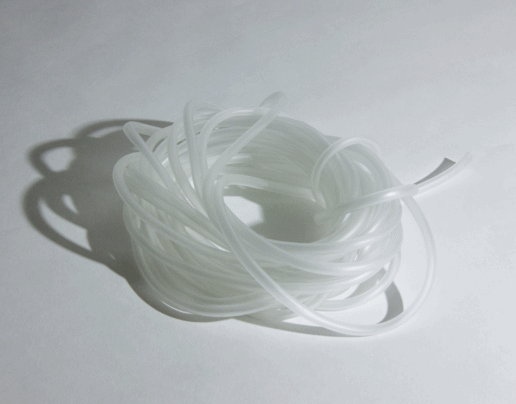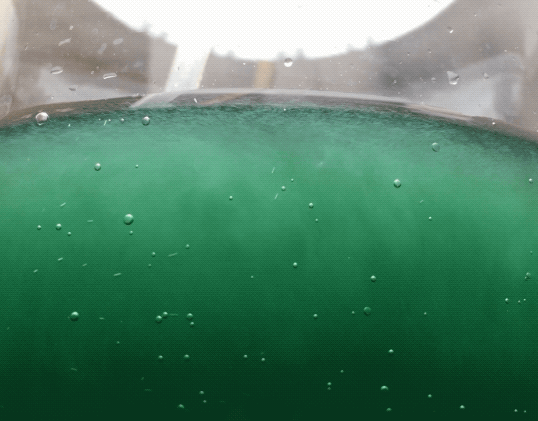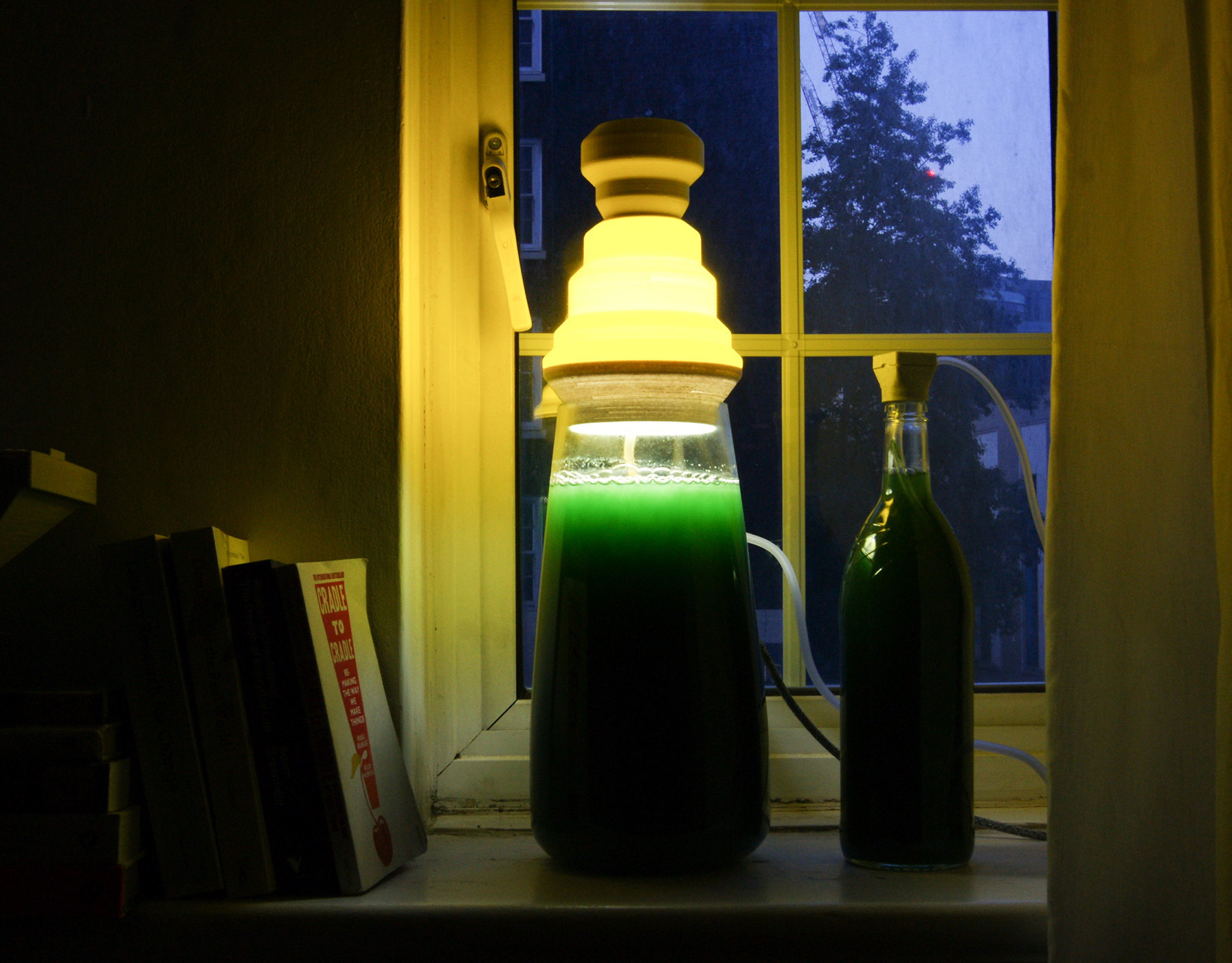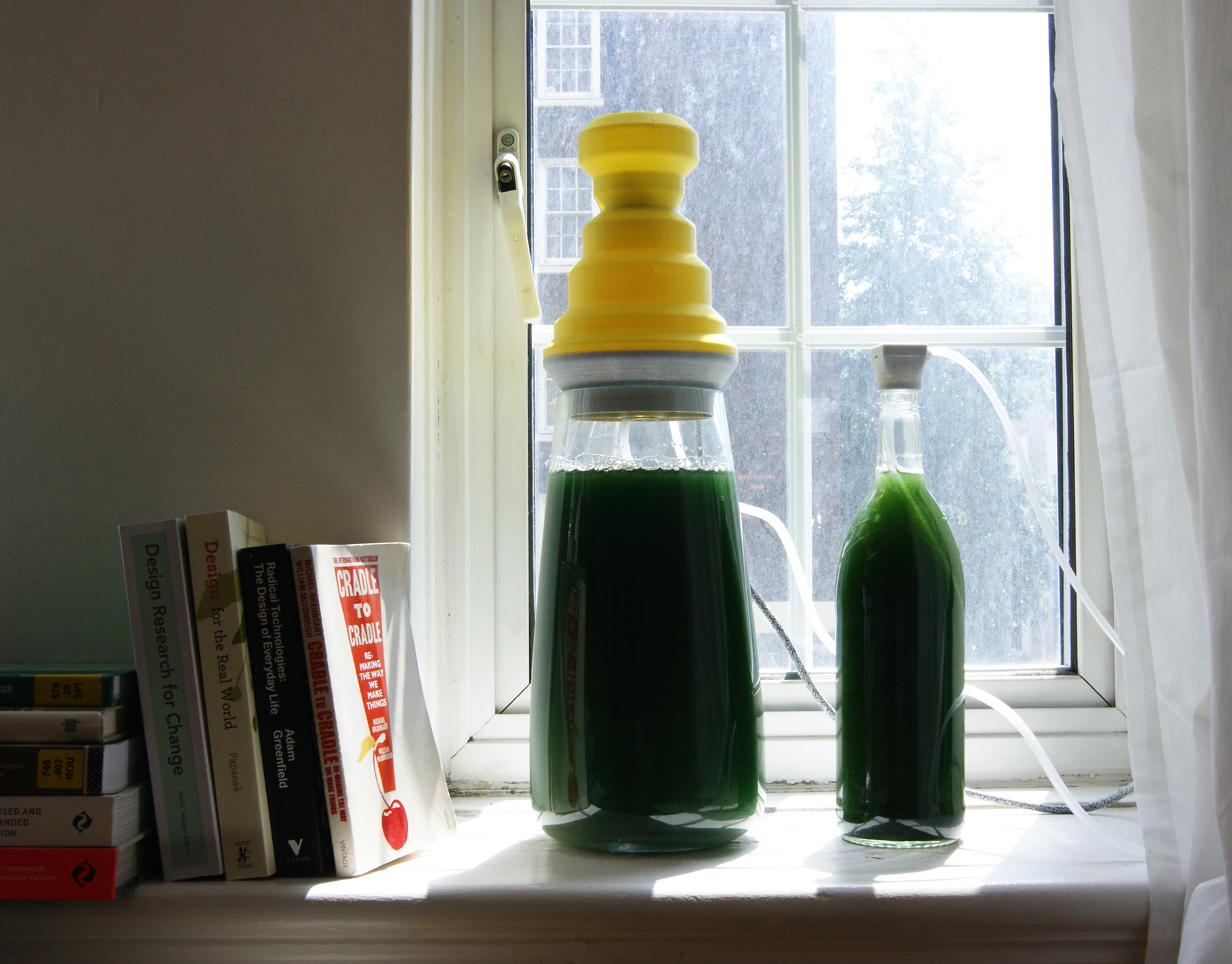6 How to Make Culture Medium
If you've purchased the nutrients from your live culture source then you can skim 6.0 just to get the idea. It will take time for you to experiment with the recipes and your local ingredients (complex ingredients/precise weight). But please do come back and scrutinise these recipes once you've grown Spirulina to a substantial volume. You'll have plenty of Spirulina to dilute into separated small containers for the experiment by then!
6.0 Culture/Growing Medium Recipes
Ideally, it is most cost-effective to mix your own culture medium once you know how. The main nutrients for Spirulina are basically the same components that can be found in commercial NPK fertilisers for plants, but the ratios are not the same since various types of plants have different needs and growing conditions.
I'm currently working on finding the recipes that work for my Spirulina so that I can include them here. Please browse the variety of open recipes out there in the meantime:
• How to Grow Spirulina at Home (simple)
• JustSpirulina (simple)
• Spirulina Academy (complex)
I haven't tried these yet but I will definitely share the results once I've done it.
If you are an experienced Spirulina grower, please share your recipes with the community. Your contribution will be credited and will be very much appreciated! → spirulinasociety@gmail.com
6.1.1 Mix Your Own: Gather the Ingredients from Local Stores
⚠︎ Work in Progress (recipes research/experiment is in development) ⚠︎
6.1.2 Or Use the Purchased Pre-mixed Nutrients
• You can experiment with the open recipes above as you wish (6.0), but for starters, I highly recommend you to use the nutrients provided by your live culture source to prevent the imbalanced mix/ratio that can lead to the death of Spirulina (you wouldn't want that).
6.2 Mix the Nutrients with Water
The ratio depends on the recipes and where you get the nutrients.
E.g. I bought live culture and nutrients from Health Algae. They suggest mixing 10.5-21g of nutrients with 1L of water — but not just any kind.
• Filtered Tap Water (No Chlorine!)
→ It's very important to use the right water! If you use unfiltered tap water for your medium, the chlorine can kill the culture!
→ You can filter tap water through a carbon/ceramic filter and this will clean out the chlorine content. Brita, Pur and Berkey filters work well for this. If you're using a filter that is connected to the tap make sure that it's been changed/updated. An old, clogged or overused filter may not clean out all of the chlorine.
→ Do not use 'alkalised' water, such as from a Kangen filter, the pH is totally wrong for Spirulina.
→ Do not use distilled water, reverse osmosis water, and rainwater unless you add some extra minerals to the mix.
[source: How to Grow Spirulina at Home]
• Bottled Spring Water
→ If you don't have a filter, you can also buy bottled spring water from any brands (you can use the bottle for harvesting + as a part of the lid assembly which you'll learn more in the next step).
6.3 Check the pH level of the Culture Medium
• You can check the pH if you want, it should start around 8.5 and slowly rise as the days go by.
[source: How to Grow Spirulina at Home]
• The pH level can be tested with litmus paper. If pH level is lower, add Sodium Bicarbonate. A higher level is fine.
[source: JustSpirulina]
E.g. I only checked the first time I mixed them with water because I got the pre-mixed nutrients from a reliable source. If I were to mix the nutrients myself I would check it constantly, until certain that the medium is balanced, and the culture is growing well. You should at least check it when you change your water source; filtered tap water has a different pH from bottled water. The pH of bottled water can vary from brand to brand as well.
Message from the Creator
I'm still experimenting with the culture medium recipes. Please get in touch if you're a Spirulina expert and would like to share the formula with me and the world! (spirulinasociety@gmai.com)


